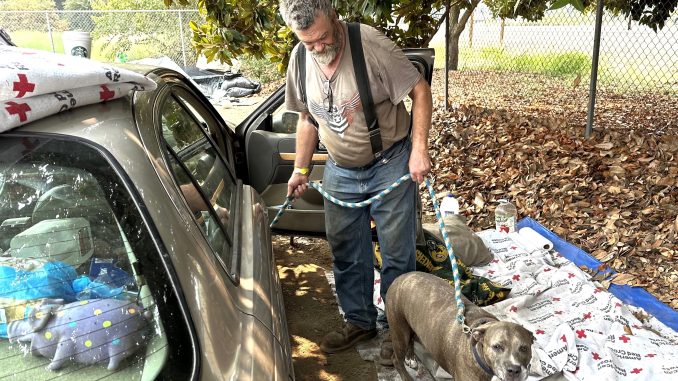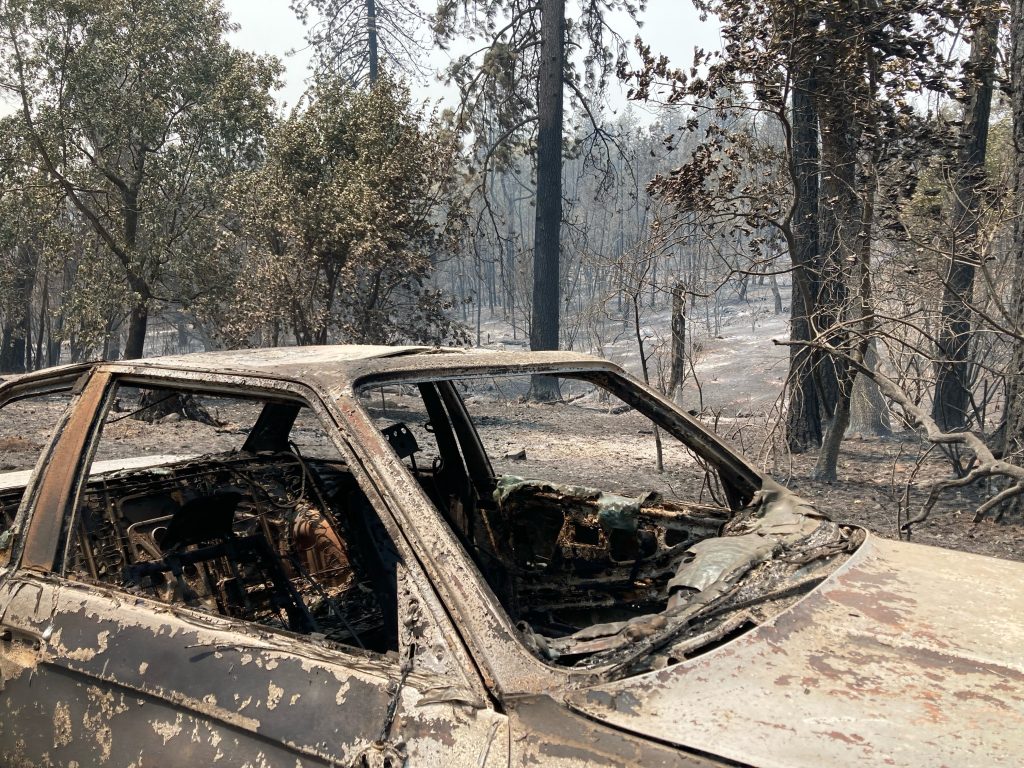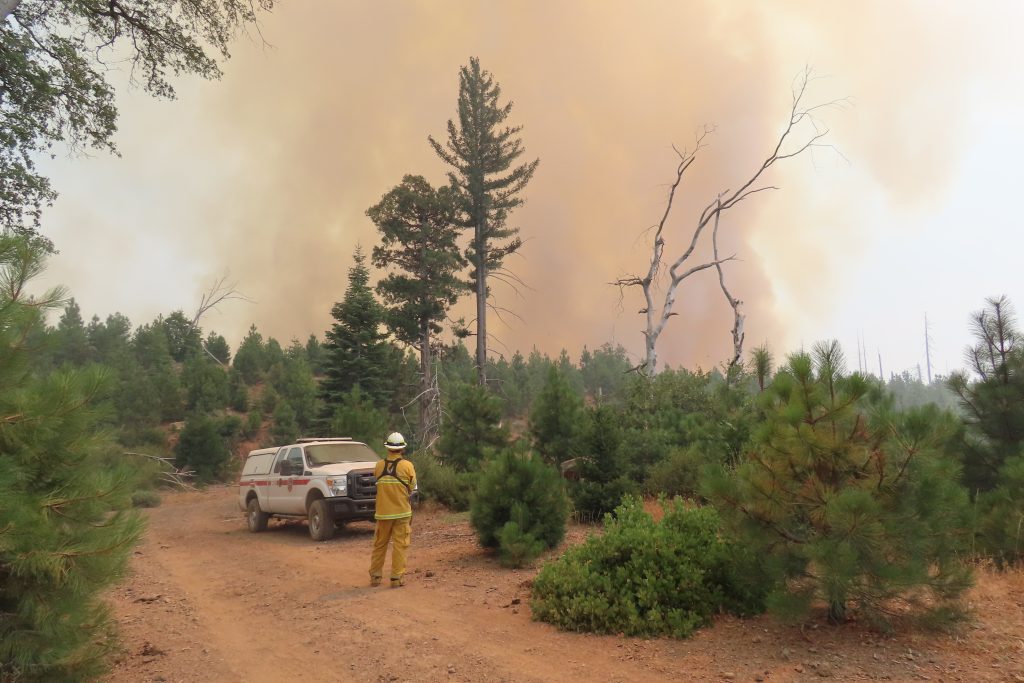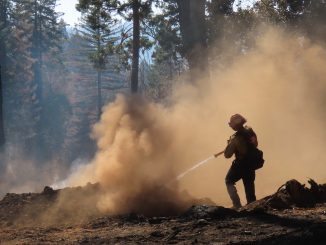
By Ken Magri
By now, Northern Californians must be getting numb to it.
If it’s summer, the mountains are burning. More and more small town citizens have to sweat out evacuation scares while city dwellers gag on smoke that blows in from wherever the wind decides.
Consider that two of the largest wildfires in California’s history, the 2021 Dixie Fire and this summer’s Park Fire, broke out in the last three years. As summer temperatures get hotter annually, is it time to finally acknowledge the link between climate change and the region’s wave of intense wildfires?
As of September 5th, the Park Fire, which started in Upper Bidwell Park on July 24th, is at 98% containment and will grow no further. Fire fighters are performing mop-up work along the containment lines and extinguishing smoldering pockets of heat in bulldozer debris piles which were created during active fire suppression.
But the wildfire managed to travel 70 miles north, just past the entrance to Mt. Lassen National Park. It destroyed 709 structures and damaged another 54, but Cal Fire reported no fatalities and no injuries to either firefighters or civilians. The total burn area is 429,603 acres of private and public land. When combined with the 963,309 acres burned in the Dixie Fire, this region of the Cascades now contains almost 1,400,000 acres of burn scar.
The remains of Cohasset

On August 5th, the News and Review reported on the Park Fire’s devastating run through the town of Cohasset. Along with dozens of others, resident Brian Bowles lost his living quarters and numerous vehicles on his land, but was most worried about his Harley-Davidson.
Since then, Bowles and his dog Diamond have relocated to a friend’s nearby travel trailer. He returned to his property a few times, but no power lines have been replaced on his street. “The last time I was there, all I could do was laugh at the absurdity of it all,” said Bowles, “The County had been on my butt to clean the place up, and now I have!”
Bowles said many Cohasset residents have returned to their properties, but are now living in tents. His motorcycle barely survived a hot burn-through which melted the tires and electronics. He found his $1,400 chain saw sunken in the ashes, but has no insurance coverage at all. Bowles’ friends helped him create a Go-Fund-Me account to recover his losses and try to repair the Harley. It is here.
On September 4th, the Cohasset Community Association (CCA) hosted a public meeting with Butte County officials to discuss recovery and rebuilding. In addition, the CCA is actively seeking volunteers and donations through its Facebook page. Those willing to help can call the association at (530) 332-9550.
What causes this growing fire activity?

The Park Fire may have been started by an arsonist, but the setting for such devastation was already created.
“As California gets hotter and drier, the scale of extreme behavior and rate-of-burn is stunning to see from the ground, harder to fight and more difficult for news reporters to safely cover,” said Dave Marquis, who reported on California wildfires for Sacramento’s KXTV News for over 20 years. In 2003, he watched a news crew from San Francisco barely escape the Cedar Fire as flames engulfed their news truck. “At one point,” he said, “the Santa Ana winds were so strong that the fire was burning two acres per second.”
Since 1895, California’s annual mean temperatures have increased by about 2.5 degrees Fahrenheit. Seven of the past eight years have been California’s warmest on record according to the Office of Environmental Health Hazard Assessment (OEHHA).
“The biggest immediate cause of the recent surge in wildfire over the past decade is warming temperatures,” said Dr. Andrew Morris Latimer, a Plant Sciences professor at the University of California at Davis. “Dry fuel needs much less energy to heat up and catch fire than wetter fuel. So, warmer temperatures can produce larger, more continuous areas that fire can quickly travel across.”
Dr. Latimer says climate warming works together with a historical buildup of ground fuels. “During the warm part of the afternoon, fire behavior often gets active,” said Latimer, “while at night when it cools down and relative humidity rises, fire behavior usually calms down.” A 2023 study published in the Proceedings of the National Academy of Sciences suggested that forest management, development in rural areas and aging power lines are also contributing factors. Nevertheless, the study’s test models revealed that “the increased burn area in California’s forests is consistent with anthropogenic climate change [caused by human activity] and unlikely to have resulted from natural variability alone.”


Be the first to comment